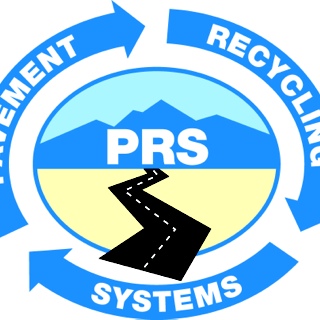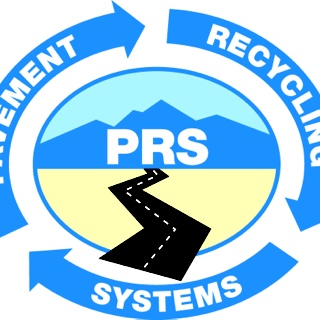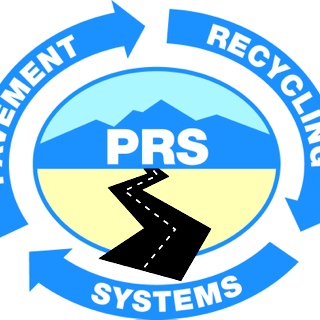Information
-
Rebreather inspection No.
-
Conducted on
-
Prepared by
-
Location
Assembly Checklist
-
Perform the checks and tick the appropriate box prior to diving Fill scrubber cartridge with fresh Sofnolime (797) and place in scrubber
-
Ensure Scrubber 0 ring is clean and undamaged and lubricate with 02 compatible grease
-
Place the spacer ring on top of scrubber cartridge, push down on ring and release ensuring free movement
-
Switch on handset and check cells and batteries pass power on tests. Switch off.
-
Fit lid to scrubber and assemble into rebreather.
-
Analyse diluent and 02 cylinders and place in rebreather, connecting the first stages securely
-
Holding solenoid hose away from eyes, briefly open the 02 cylinder valve and close again, which clears debris/water from the oxygen hose. Connect solenoid hose to scrubber fitting.
-
Open cylinder valves and check diluent and oxygen cylinder pressures, refill if necessary.
-
Check function of valves and bailout systems.
-
Check the Oxygen's Interstage Pressure (it should be 7.5 bar). If the pressure is higher the solenoid may not open, if the pressure is lower the solenoid may not close.
-
Confirm correct operation of non-return valves in mouthpiece and re-connect to T-pieces
-
Check operation of mouthpiece and direction of gas flow through convoluted hoses, it should exhale towards the diver's right shoulder.
-
Carry out positive and negative pressure tests (see Section 1.14)
-
Verify sufficient absorbent time remaining for planned dive
-
Switch on electronic handset and proceed to dive mode
-
Verify proper computer function, pp02 displays must move with gas changes.
-
Verify correct calibration of 02 sensors
-
Verify Battery levels are sufficient for planned dive
-
Flush with air and check for low oxygen warning display and buzzer
Prebreathe sequence
-
Prior to immersion the following pre-breathe check should be conducted to confirm the correct operation of the Rebreather.
-
Confirm operation of diluent and oxygen inflators (and ADV, if fitted), watching HP gauges. (If the pressure dips, open the cylinder valve more).
-
Confirm operation of bailout systems
-
Ensure both counterlungs are fastened down with the Fastex buckles and crotch strap is secure
-
Select the LOW setpoint
-
Ensure the ppO2 drops rapidly as you exhale into the loop and check for slow changing cell values
-
Confirm the 02 control system properly maintains the setpoint for a minimum of 3 minutes
-
Confirm CO2 absorbent is functioning properly (pay attention for symptoms of Hypercapnia)
-
If Temp-stik is fitted pre-breathe until at least the left hand block on the display is black.
-
Ensure correct diluent is selected
-
If setpoint change AUTO is selected, ensure the switch depth is appropriate for planned dive
-
Check the mouthpiece valve is fully open. Partially open will allow water in.
-
Ensure the Conservatism (Nitrox) or Gradient Factors (Trimix) settings are appropriate for planned dive
In-Water Checks and Important Procedures
-
After entering the water and before descending, ensure the oxygen controller is functioning.
-
Ask your buddy to do a "bubble check" at 6m (20ft) on your equipment. It is easier to abort the dive at 6m (20ft) and surface to fix any leaks.
-
Add DILUENT during the descent. It is dangerous to confuse the diluent and oxygen inflators. Adding oxygen will cause a high pp02 in the breathing loop
-
Once on the bottom, or below 20m, switch the setpoint to the HIGH setpoint. If the AUTO setpoint facility is selected, on the bottom, ensure the unit HAS changed to the HIGH setpoint.
-
Ensure the HIGH setpoint is maintained throughout the dive and is appropriate for the planned decompression schedule.
-
During the ascent, dump the expanding gas by pulling the exhaust valve override or by exhaling around the mouthpiece, or through the nose. No later than 4m, switch back to the low setpoint
-
KNOW YOUR pp02 AT ALL TIMES !
Post-dive actions
-
Stand the unit upright or lean gently forward onto the counterlungs. DO NOT lay down on its back.
-
Remove the mouthpiece and hose assembly by unscrewing from the T-pieces, drain and if required, rinse with fresh water, ensuring the non-return valves work properly prior to storage
-
Check the scrubber for water and drain off excess
-
Dry the scrubber lid shaking off (gently) excess water and leave to air dry. Once dry, re-assemble to the scrubber.
-
Remove the unit from direct sunlight (put a towel over it, if there is no shade)
-
Leave cylinder valves open until all the day's diving is finished
-
Conduct post-dive maintenance: Rinse counterlungs, mouthpiece, valves and BC with fresh water.











